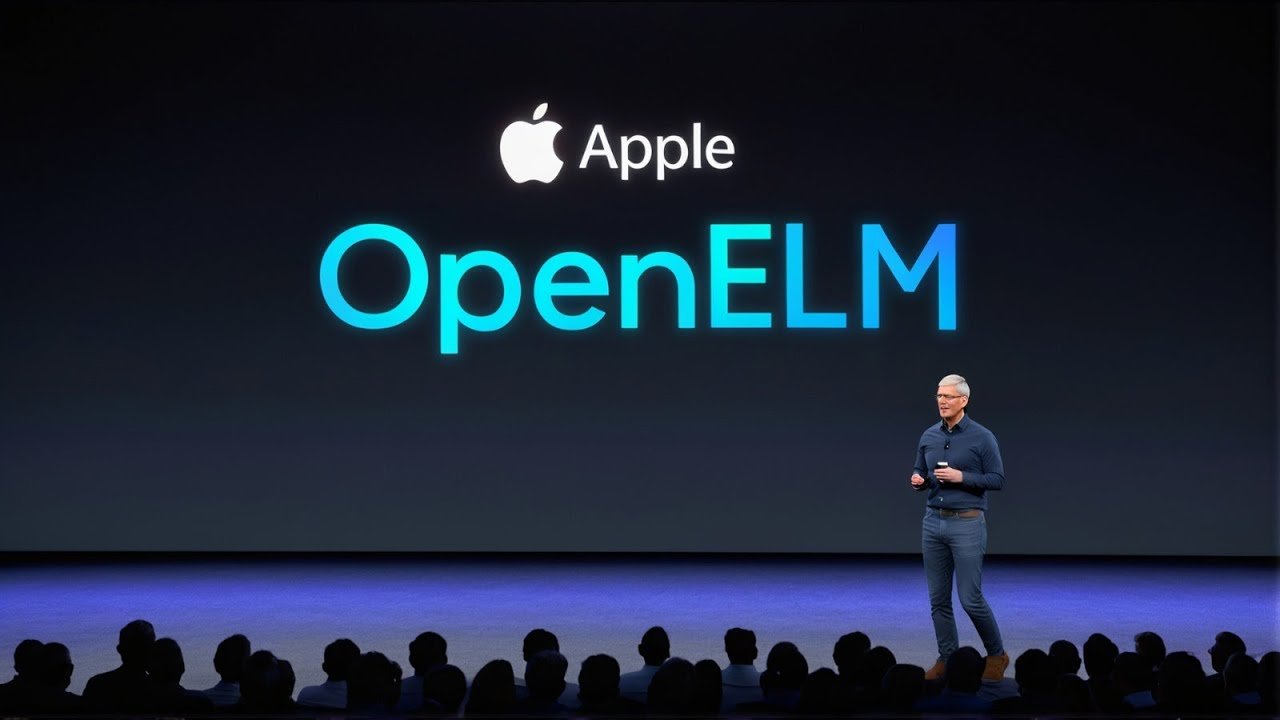Apple Shocks Again: Introducing Apple OpenELM – Open Source AI Model That Changes Everything Apple shows innovation and future orientation once again, as it often did throughout its history.
This time, OpenELM open-source efficient language models are announced to provide a new approach for interacting with technology. This family of models is intended for performing on devices and making great changes to the field of artificial intelligence.
Here, the invention is likely to play a more substantial role in the local rather than global level and introduce new standards. However, revolution in Apple’s approach is evident, as the model is now open-sourced, and existing and future customers are likely to benefit from this innovation.
A Leap into Open Source
OpenELM by Apple, or Open-sourced Efficient Language Models, introduces a new turn into the evolution of the company’s artificial intelligence. The technology has been distinguished from others by the closed-ecosystem approach; however, the current pivot to open source can be regarded as a move agreed with the realities of modern AI development.
What is OpenELM?
OpenELM is a family of efficient language models performing on devices simultaneously. The model employs a new layer-wise scaling strategy allocating the parameters within each layer to enhance the performance and reduce the risks of inaccurate results. Apple’s invention is distinguished by parameters of approximately one billion and accuracy improvements to the rate of 2.36% in the current model. In addition to such benefits, a new approach also resulted in lowering requirements for pre-training tokens to half of the previous indicator.
Implications For developers,
OpenELM can be regarded as a new powerful tool to use ready-to-go language models or adjust the existing ones to the points. As for researchers, the choice means the new possibilities to investigate data and model biases or issues and possible adverse impacts.
Apple’s Vision of AI
With its new invention, Apple goes beyond a simple tool for those interested and available for performing and provides a novel point in its philosophy. Now, the vision of AI is generally open and available to a wider global public, likely to make a broader contribution to the field. The current move is likely to improve NLP and make the entire devices’ experience more trustworthy.
On-Device AI: The Future is Here
As for the application of this technology, it was properly tailored by Apple. The current OpenELM is intended to perform on devices, such as iPhones and Macs, without cloud-serving interaction. However, data processing now is made on devices safely and with no data breach from the servers. At the local level, this aspect is also highlighted as part of the future and is likely to benefit millions of customers.
Conclusion
Apple’s new OpenELM turns out to be not only an open-source model of AI; it is a new word in the philosophy of creating new products as well. The constant evolution of artificial intelligence’s idea made it possible to take the interface between its producers and users to another level and made a contribution in the grey area between their privacy and control. As a part of a local revolution, the new product with its distinctions is likely to be a success and cause a change in the existing devices’ concept and expectations of users.

